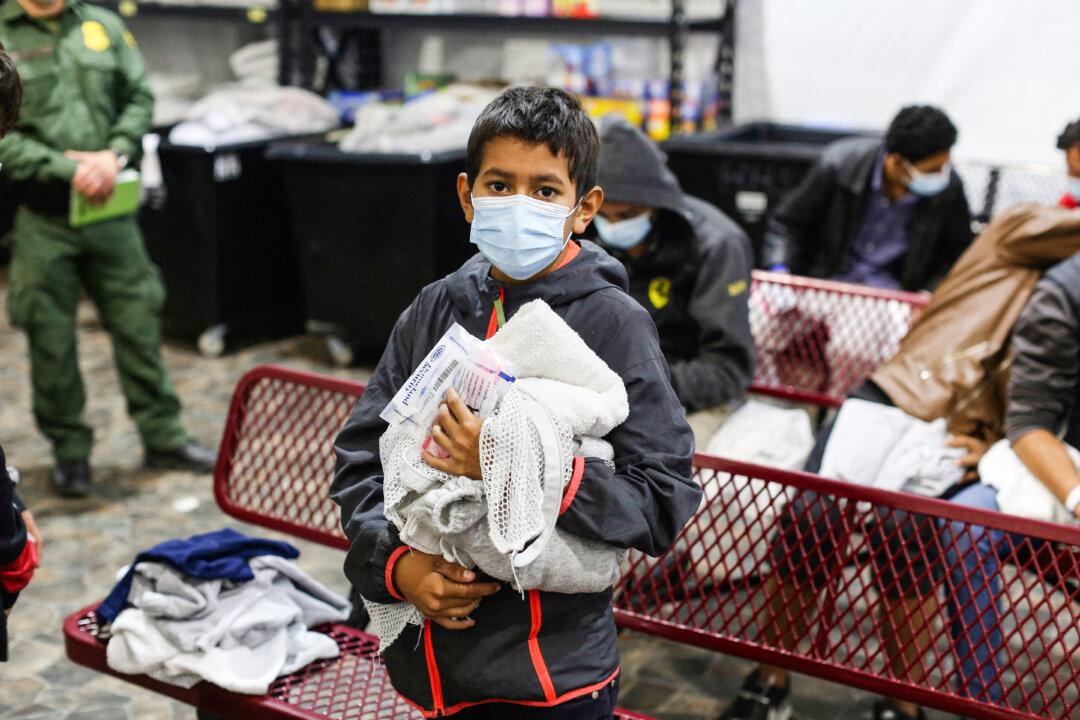The Bureau of Labor Statistics (BLS) household survey will retire questions related to the COVID-19 pandemic as they’ve been deemed “less relevant” considering the present circumstances when the disease is abating in the United States as well as in other parts of the world.
The pandemic-related questions were added to the survey in May 2020 during the initial stages of the pandemic when its effects, including lockdowns and restrictions, were widely felt throughout the world. “These questions had become less relevant than they were earlier in the pandemic. This Employment Situation news release is the last one to contain data from these questions,” said the BLS on Friday.





